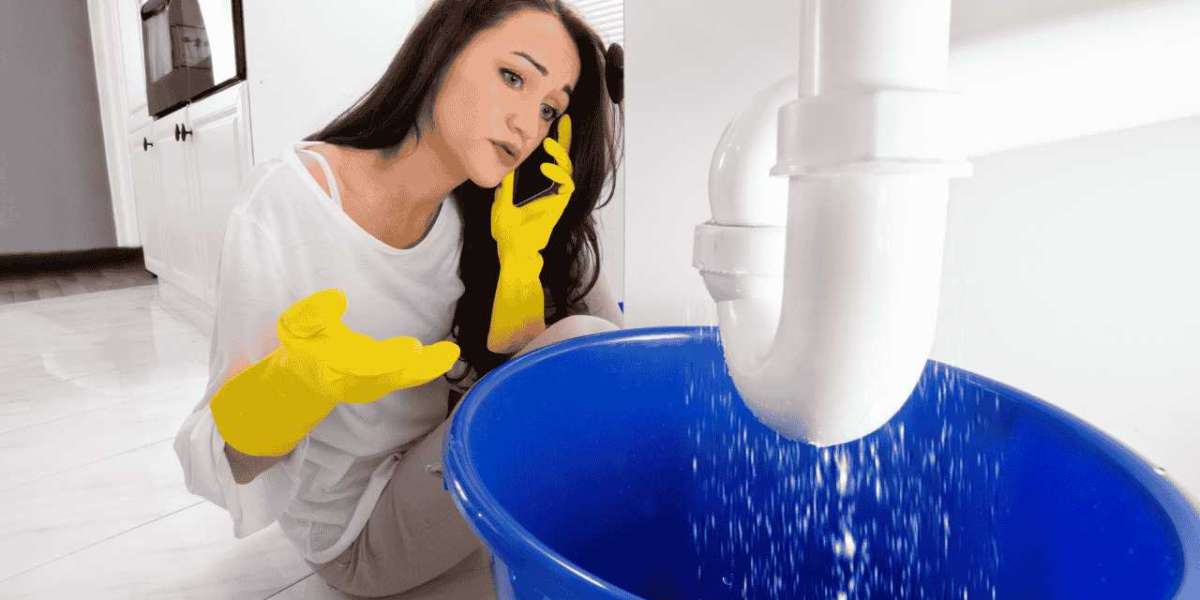Leaky faucets are a common household issue. They can waste water, drive up utility bills, and cause frustration. Understanding the root causes of a leaky faucet can help you prevent future issues and save money. If you’re dealing with a leaky faucet, it may also be time to consider drain cleaning San Jose to keep your plumbing system running smoothly. Let’s dive into the common causes, tips for fixing them, and when to call a professional.
Common Causes of a Leaky Faucet
Leaky faucets often occur due to wear and tear or plumbing malfunctions. Here are the most frequent culprits:
1. Worn-Out Washers
A washer is a small rubber ring located inside the faucet. Over time, washers wear out due to constant friction. When they degrade, water begins to drip. Replacing a washer is a simple fix that can stop the leak.
2. Damaged O-Ring
The O-ring is another key component that can fail. It’s a small rubber piece found in cartridge faucets. If the O-ring becomes loose or cracked, it will cause water to leak near the faucet handle. Checking and replacing the O-ring can solve this issue.
3. Corroded Valve Seat
The valve seat connects the faucet to the spout. Hard water and mineral buildup can corrode the valve seat over time, leading to leaks. Regular cleaning or replacement of the valve seat can prevent this problem.
4. Faulty Cartridge
Cartridge faucets have a cartridge mechanism that controls water flow. If this component becomes worn or damaged, the faucet may leak or fail to shut off properly. Replacing the cartridge usually resolves the issue.
5. High Water Pressure
Excessively high water pressure can cause leaks around the faucet. It’s essential to monitor and adjust your home’s water pressure to avoid strain on your plumbing.
Hidden Causes Behind Leaky Faucets
Sometimes, the causes of a leaky faucet are less obvious. Here are a few hidden issues that may be at play:
1. Improper Installation
A poorly installed faucet can lead to leaks. If the components aren’t aligned or secured correctly, water may seep out over time. Hiring a professional plumber ensures proper installation and long-term reliability.
2. Worn-Out Seals
Faucet seals, particularly in disc faucets, wear out due to sediment buildup. Regular maintenance and cleaning can prevent this from becoming a recurring problem.
3. Damaged Plumbing Connections
Leaks can also result from issues beyond the faucet itself. Damaged pipes or loose connections in the plumbing system can create leaks that mimic faucet problems. Scheduling routine inspections can help identify these hidden causes.
4. Shower Diverter Malfunctions
In bathrooms, a faulty shower diverter may cause water to leak from the faucet when the shower is on. If you’re unsure how to address this, a shower diverter guide can provide helpful troubleshooting tips.
How to Fix a Leaky Faucet
Fixing a leaky faucet doesn’t always require professional help. Here are simple steps to tackle the issue:
1. Turn Off the Water Supply
Before starting, shut off the water supply to avoid flooding. This step ensures a clean and safe repair process.
2. Disassemble the Faucet
Using basic tools like a wrench or screwdriver, take apart the faucet to access the damaged components. Be sure to keep track of the parts to reassemble them correctly.
3. Inspect and Replace Components
Look for worn-out washers, O-rings, or cartridges. Replace any damaged parts with new ones, ensuring they match the faucet model.
4. Clean the Faucet
Remove mineral deposits and grime from the faucet and its components. Cleaning improves functionality and prevents future leaks.
5. Reassemble and Test
Once repairs are complete, reassemble the faucet and turn on the water supply. Check for leaks to ensure the problem is resolved.
When to Call a Professional
While some leaks are easy to fix, others require expert attention. Here’s when you should contact a plumber:
- The leak persists despite DIY efforts.
- You suspect hidden plumbing issues.
- Water damage is visible around the sink or walls.
- You need assistance with related services, such as drain cleaning in San Jose.
Professional plumbers have the tools and expertise to diagnose and fix complex plumbing issues, ensuring long-term solutions.
Preventing Leaky Faucets
Prevention is key to avoiding the hassle of leaks. Follow these tips to keep your faucets in top shape:
1. Regular Maintenance
Schedule routine inspections and maintenance for your plumbing system. Cleaning components and checking for wear can help catch problems early.
2. Use Quality Fixtures
Invest in high-quality faucets and components. Durable materials are less prone to wear and tear, reducing the likelihood of leaks.
3. Control Water Pressure
Keep your home’s water pressure within the recommended range. Excessive pressure can strain plumbing fixtures and cause leaks.
4. Flush Your System
Hard water can cause mineral buildup. Flushing your plumbing system regularly helps prevent corrosion and prolongs the life of your faucets.
The Connection Between Leaky Faucets and Drain Cleaning
A leaky faucet and clogged drains often go hand in hand. The excess water from a leak can lead to buildup in your sink or drain pipes. This is why it’s essential to address both issues simultaneously. If you’re experiencing recurring leaks, it may be time to schedule drain cleaning in San Jose to eliminate potential blockages and ensure optimal water flow.
Understanding Shower Diverter Issues
Leaky faucets in bathrooms may involve the shower diverter. The diverter is responsible for directing water flow between the faucet and showerhead. Here are common signs of a malfunctioning diverter:
- Water flows from both the showerhead and faucet simultaneously.
- The diverter handle feels loose or doesn’t function properly.
- Water pressure decreases when using the shower.
If these issues sound familiar, consult a shower diverter guide or a professional plumber for assistance.
Environmental Impact of Leaky Faucets
Leaky faucets waste more than water—they harm the environment. A single dripping faucet can waste hundreds of gallons annually. By fixing leaks promptly and maintaining your plumbing system, you can conserve water and reduce your environmental footprint.
Final Thoughts
Leaky faucets may seem like a minor inconvenience, but they can lead to larger problems if ignored. Whether it’s a worn washer, a faulty O-ring, or a more complex plumbing issue, addressing leaks promptly is crucial. Regular maintenance, high-quality fixtures, and professional services like drain cleaning in San Jose can help prevent future leaks and keep your home running efficiently.
For issues involving shower diverters, a reliable shower diverter guide or expert assistance can resolve the problem quickly. Don’t let leaky faucets disrupt your day—take action and enjoy a leak-free home!













